Lavender
₹129
Lavender, a timeless herb renowned for its calming aroma and versatile uses, is a delightful addition to any garden. Its elegant, spiky flowers and fragrant foliage create a serene and inviting atmosphere.
22 people are viewing this product right now
🔥 9 items sold in last 3 hours
Lavender, a timeless herb renowned for its calming aroma and versatile uses, is a delightful addition to any garden. Its elegant, spiky flowers and fragrant foliage create a serene and inviting atmosphere.
Key Features & Benefits
- Aromatic Beauty: Lavender’s fragrant flowers add a touch of elegance and charm to your garden.
- Stress Relief: The calming scent of lavender can help reduce stress and anxiety.
- Insect Repellent: Lavender’s natural oils deter pests like mosquitoes and moths.
- Culinary Uses: Lavender flowers can be used to flavor culinary dishes and beverages.
- Medicinal Properties: Lavender has been used for centuries in traditional medicine to soothe skin irritations and promote relaxation.
Plant Care Guide
Ideal Plantation Locations
Lavender thrives in well-drained soil and full sun. It is adaptable to various climates, but prefers moderate temperatures.
Planting & Gardening Instructions
- Location: Choose a sunny spot in your garden with well-draining soil.
- Soil Preparation: Prepare the soil by loosening it and incorporating organic matter like compost.
- Planting: Plant lavender seedlings or cuttings in spring or fall. Space them 18-24 inches apart.
- Spacing: Maintain adequate spacing between plants to allow for air circulation and prevent disease.
Watering
Water lavender regularly, especially during dry periods. However, avoid overwatering as it can lead to root rot.
Fertilizers
Fertilize lavender lightly in spring with a balanced, slow-release fertilizer. Avoid excessive fertilization, as it can reduce flowering.
Repotting Instructions
Re-pot lavender every 2-3 years in the spring. Choose a pot with drainage holes and use a well-draining potting mix.
Fruiting Season
Lavender typically flowers in late spring or early summer. The flowers can be harvested for dried arrangements or culinary use.
Usage Ideas
- Ornamental Plant: Use lavender to create beautiful flower beds, borders, and container gardens.
- Cut Flowers: Harvest lavender stems for fresh or dried flower arrangements.
- Culinary Herb: Incorporate lavender flowers into desserts, teas, and other dishes.
- Aromatherapy: Use lavender essential oil or dried flowers for relaxation and stress relief.
Care Tips
- Pruning: Prune lavender plants after flowering to encourage bushier growth and more blooms.
- Pest Control: Monitor for pests like aphids and spider mites. Use organic pest control methods if necessary.
- Mulching: Apply a layer of mulch around the base of the plant to conserve moisture and suppress weeds.
Only logged in customers who have purchased this product may leave a review.
Related products
Designed, Developed & Maintained by Growww.
Copyright © 2024 Ashok Chakra Nursery

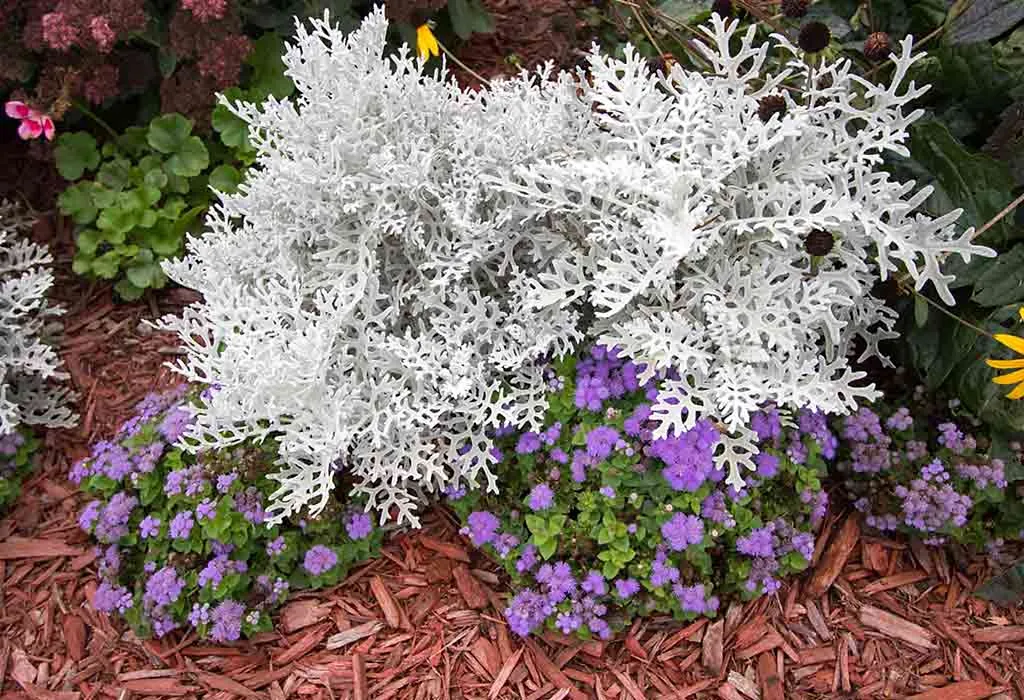
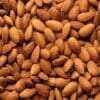

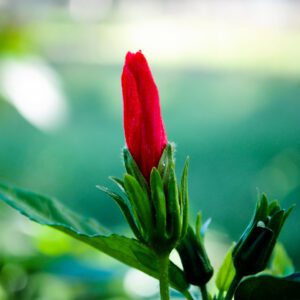
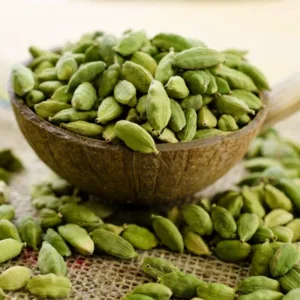
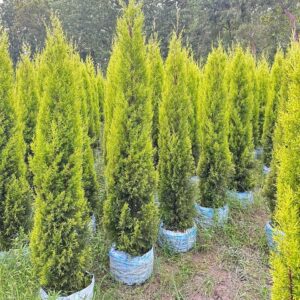
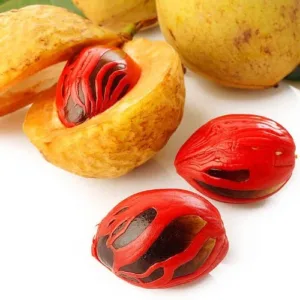
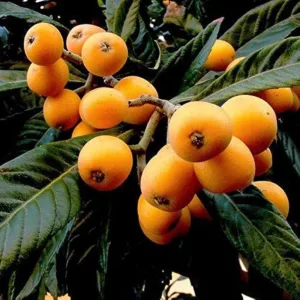
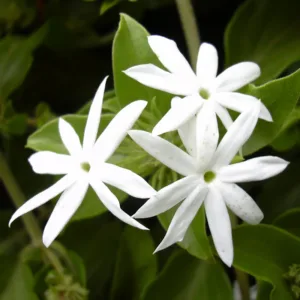
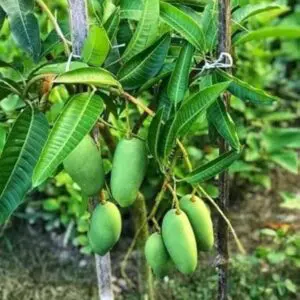
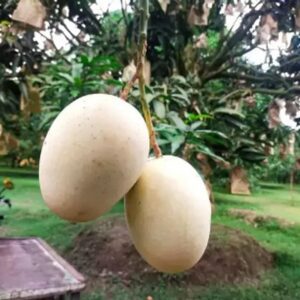
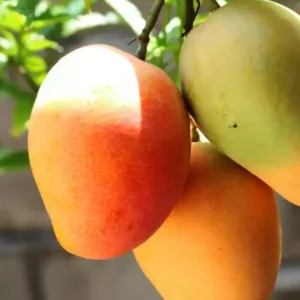

Reviews
There are no reviews yet.